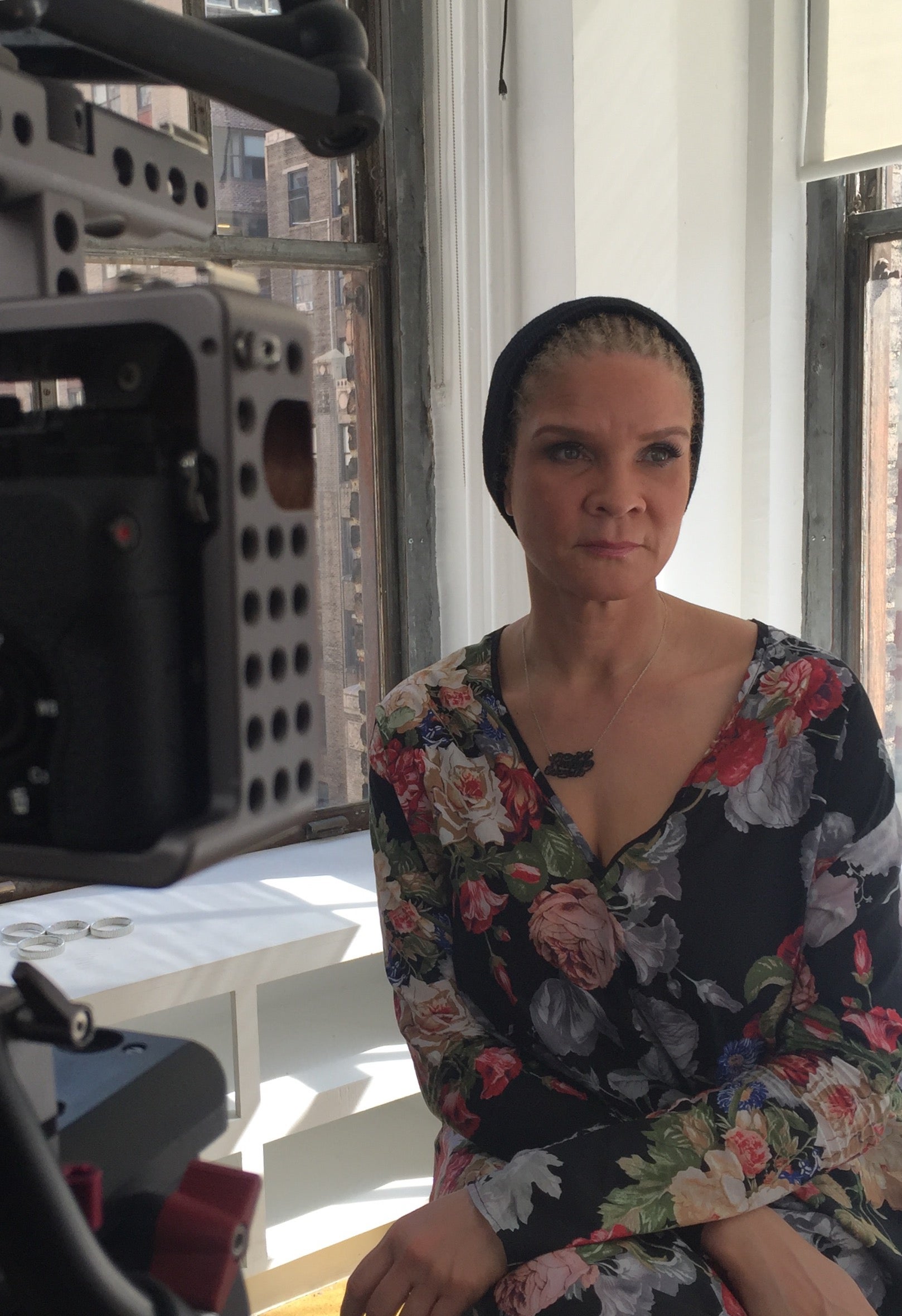
Saturday April 17, Beyonce dropped an announcement and with it came a singular image. A head of dirty blonde cornrows ducked down into her plush fur clad arm leaning on a large chrome grill. The very next day, I was in a chair at an African braiding shop on 125th street in Harlem, waiting to get some cornrows of my own. That very, very Black girl image awakened an ancient love in me.
I had all intentions of writing a powerful piece on the power and beauty of Black hair for Saturday, leading up to the crazily anticipated premiere of Beyonce’s “LEMONADE” on HBO, but the swift and unexpected passing of Prince on Thursday April 21 felt like somewhat of a nightmare for me and millions around the world.
I wish, I was dreaming when I wrote this.
Our Prince, the harmonious and funkdafied embodiment of Black girl magic and Black man power, was gone. Writing, speaking, thinking, about anything but his Royal Badness stopped. That was until Saturday April 23, night fell and a tall glass of sweet “LEMONADE” was poured in the Prince-sized hole in my heart and I was inspired again.
Cornrows. “Carved into the scalp like a rite, energy rushing about the head. They speak, those lines. A thousand tongues. Ibo, Ebonic,” wrote Karen Good Marable, over 15 years ago in her brilliant tribute to the tradition. It was the perfect image to tease us for “LEMONADE.”
Cornrows summon our grandmother’s grandmother’s hands — hands that worked in the fields, worked in the kitchen, fixed sweet drinks and fixed our hair. Hands with a mighty muscular memory; a life force sourced in West Africa and West Philadelphia and in turn coursing through fingers until the end of time. Cornrows are brilliant, efficient, an absolutely flawless design for hair like cotton, hair like cashmere, hair like ours. Black hair is so diverse and adaptable in it’s density and texture, a fiber like no other, it’s only fitting a most miraculous creative solution was found as a means to protect and praise it.
From thick, tight neat rows like D’angelo used to rock (arguably the sexiest cornrows ever) to breathtaking intricate patterns found on gallery walls. Cornrows — woven braids connected to the scalp deeply rooted in Africa — will rise to meet any occasion.
When I was a little girl in the 1970s I only saw cornrows as a functional style, mostly a “set” for grown folks in preparation of the perfect fluffy Afro. One day while flipping through albums, I discovered the artistry of Stevie Wonder’s hair on the cover of “Talking Book.” Then I paid attention to how black-and-beautiful Cicely Tyson and Nina Simone’s were while wearing theirs. And even more album cover art glamour like Peaches, of Peaches and Herb, with at least a foot of bright beads. And who can forget Patrice Rushen, and all the sisters on “Soul Train,” with cornrows towering up into a totem pole. I was obsessed. I needed fancy cornrows.
I’d heard about a group of hair artisans from Senegal doing a limited engagement at an African Art Gallery in Washington, D.C. I made an appointment and used my own money — over $75 (which was a lot in 1979 for a young teen). I was happily there for hours, the sweet smoky smell of pure incense dusting the air, the humming to traditional music and sometimes the modern sound of Etoile de Dakar, the early group of Senegalese super star Yuossou N’Dour was enchanting. I was put into a trance by the strong yet meditative movement of the fingers organizing art through my wild field of hair. It was church. I rose from the floor and observed my splendid new scalp turning in small swirl designs, meticulously woven hair in between with beads made of bleach bone and pale sea shells dangling from each end. And yes, they made a gentle music like the ocean when I shook my head.
For the first time in my life I felt like a true princess.
People stared. What kind of wizardry is this? Hair both naturally blonde and African? My burnt golden cornrows were an affront to their limited visual vocabulary of Blackness. I loved how neat and adorned I felt in cornrows and I wore them often. Fortunately, in 1980 Cornrows and Co. opened in Washington, D.C. and they are still going, practicing natural hair care advocacy, artistry and activism. Meanwhile, 11 states still do not legally license hair braiders.
I don’t know exactly when my hair went full circle, and I only wore a few fat cornrows to manipulate the texture for my ‘”freedom ‘fro”– a style I’ve become known for. It’s been decades since I’ve had my hair professionally cornrowed and I picked up just where I left off: in love. I love how clearly cornrows center my style in Africa. I love how cornrows are a nod to my iconic mentor Susan L. Taylor, whose rows famously danced “In The Spirit” on the pages of ESSENCE magazine.
I love how my cornrows connect me to the new generation of fly girls — like actresses Amandla Stenberg, Zendaya and Yara Shaidi — who rock rows and close-minded politics. I love how cornrows come from the future to whisper stories from our ancestors. I love how cornrows are spectacular, familiar and tight. Just like us.